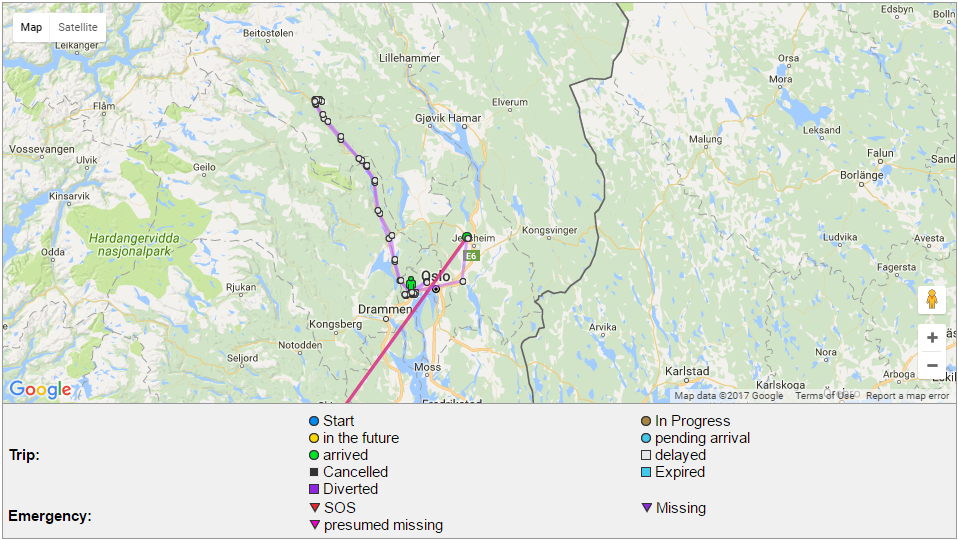What is travel tracking
Travel tracking or itinerary tracking is the process of monitoring the movement of travellers. The systems
that perform these services are generally referred to as travel trackers.
There are 3 main types of travel trackers, passive, active and automated.
Passive Travel Tracker
The most common type of travel tracker is the passive travel tracker. A passive travel tracker imports the itineraries from
the booking engines (GDS), email itineraries or through manual entry and makes the data available to travel or security
managers. They can only tell you where your employees are supposed to be, not where they actually are. This reduces both
the accuracy and completeness of the data, making the systems less reliable than automated travel trackers. Passive travel
trackers are still the most prevalent trackers on the market.
Active Travel Tracker
Active travel trackers are semi or fully automated tracking systems. They import itineraries in the same way as the
passive travel trackers, but that is where the similarities end. Active travel trackers will then monitor the
itineraries until they are completed, ensuring that the traveller has actually made it to the destination. This
ensures data completeness and data accuracy, which is vital when incidents occur.
Automated Travel Tracker
Automated trackers are the next generation of travel trackers. They reduce the interaction required by travellers
and support personnel to the bare minimum, ensuring more complete and accurate data than passive systems, while
minimizing the burden on travellers and support staff. Travel activity is automatically processed and logged,
and incidents are relayed to support staff immediately and automatically.
Automated travel trackers use a combination of itineraries, location tracking (GPS on devices or phones),
expenses and other tools to provide the most accurate and complete tracking.
Automated Tracking In Use
The screenshot below shows automated tracking in progress. The large green dot on the map is an itinerary
location, in this case Oslo Airport. Green indicates that the traveler has arrived at the airport. The white
does leading from the airport are GPS points where the traveler and the little green person just above Drammen
is the currently location of the traveler. It is clear that automated travel tracking provides a level of detail
that basic passive tracking cannot provide.
